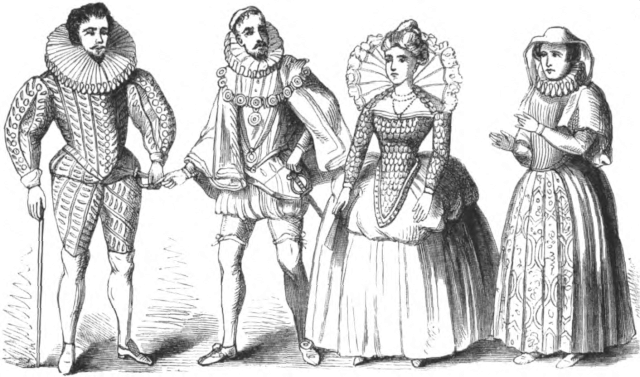
Stage Left or Right? Down or Up Stage?
As a performer, it’s important to understand the four stage directions: stage left, stage right, upstage, and downstage. These terms may seem confusing at first, but they are essential for communicating with other performers and for creating effective stage blocking. In this article, we’ll explore the history of these stage directions and provide a guide to understanding each one.
A Brief History
The origins of these stage directions can be traced back to the early days of theatre. In Elizabethan times, when plays were performed in open-air theatres, the stage was a simple platform surrounded by a crowd of onlookers. To communicate with the actors, the director would use a series of hand signals. For example, pointing to the left side of the stage meant that the actor should move to stage left.
Over time, as theatre became more sophisticated, these hand signals evolved into the four stage directions we use today: stage left, stage right, upstage, and downstage.
Stage Left and Stage Right
When a performer is standing in the middle of the stage, facing the audience, the area on their right-hand side is called stage right, and the area on their left is called stage left. These terms are used to communicate where performers should move on stage, and they are essential for creating effective stage blocking.
Upstage and Downstage
The terms upstage and downstage refer to the areas of the stage that are farther away from or closer to the audience, respectively. Upstage refers to the area of the stage that is farthest from the audience, while downstage refers to the area of the stage that is closest to the audience.
The terms upstage and downstage originated from the days when stages were sloped downwards towards the audience to improve sight lines. Performers who were standing at the back of the stage, on the higher slope, were said to be upstage, while performers at the front of the stage, on the lower slope, were said to be downstage.
Conclusion
Understanding the four stage directions is essential for effective communication between performers and for creating engaging performances. By mastering these terms, performers can work together to create compelling stage blocking and communicate with clarity and precision. Whether you’re a seasoned performer or a newcomer to the stage, taking the time to learn these stage directions will help you become a more effective and versatile performer.







I have increasingly found that simply assigning a letter or colour is easier – especially with older actors or those who find the complexity difficult.
3bcreative great suggestion!!